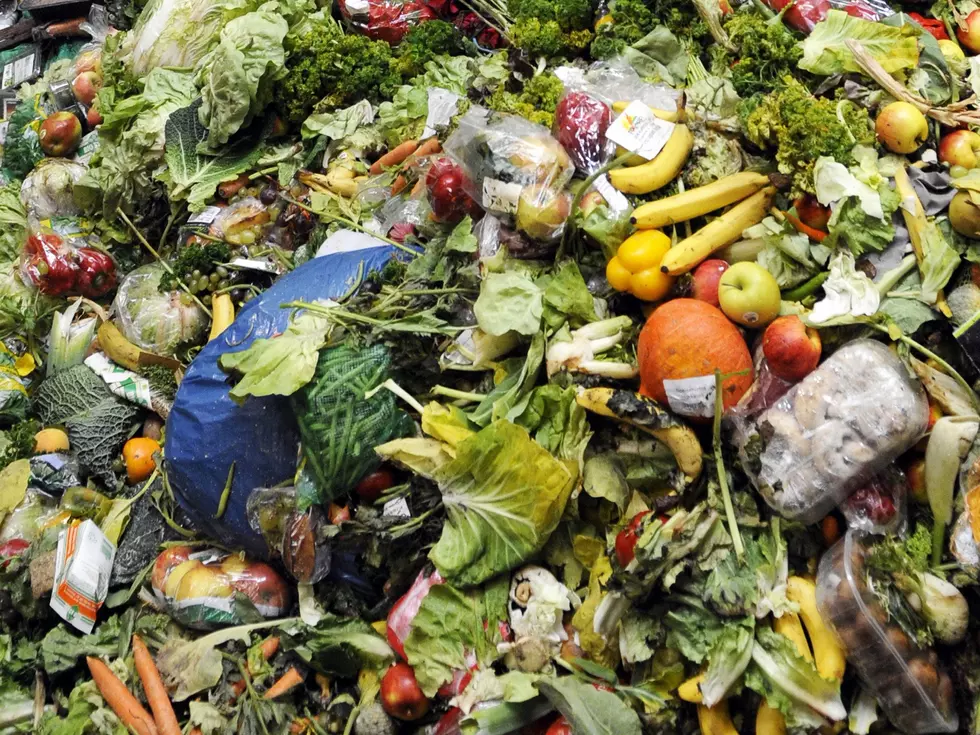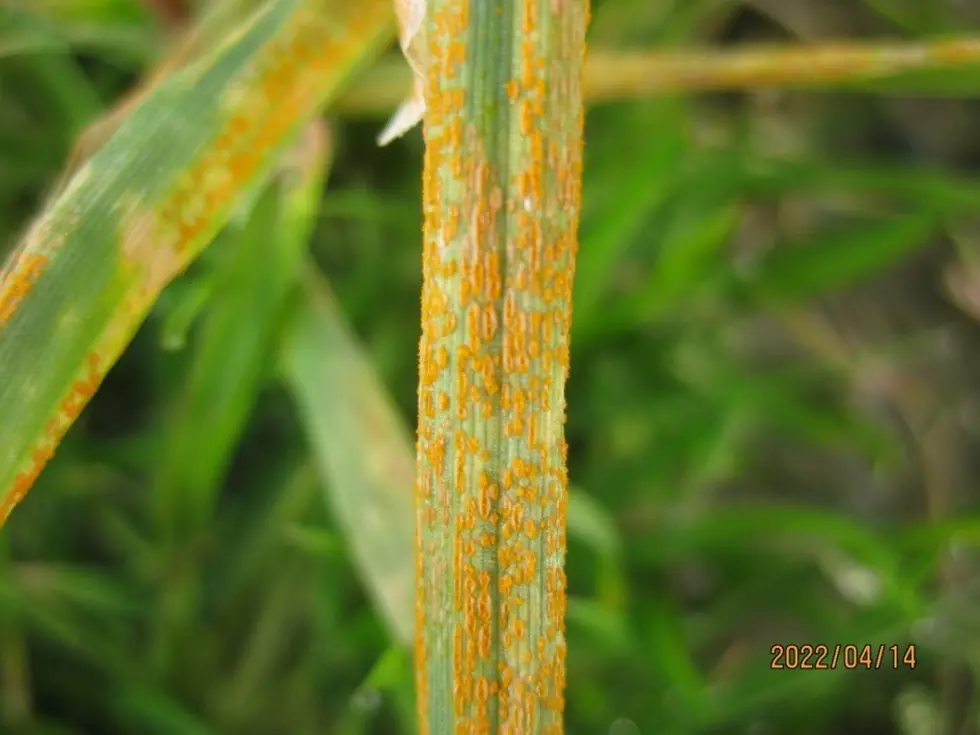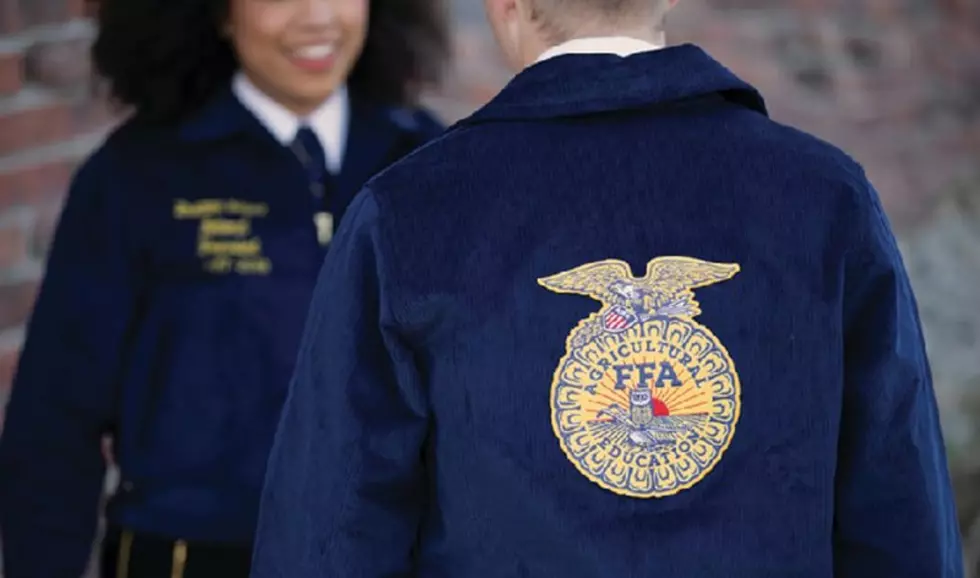
WSU: Stripe Rust Reported On The Palouse
Washington State University researchers say Stripe Rust is developing in experimental fields on the Palouse. Dr. Xianming Chen reported late last week that strip rust was found in all of the school’s experimental winter wheat fields around Pullman. He noted rust appeared in small foci of mostly 5-10 stems, except one row entirely infected. Most foci had rust on leaves from bottom to flag leaves, indicating that rust has been developing from over-wintered fall infections. All observed rusts were on the susceptible check (PS 279), and no rust was observed on any other varieties.
Dr. Chen noted the rust level this year are much lower than what was reported in 2018. By this time last year, stripe rust became uniform throughout the experimental fields and the susceptible check reached 100% infection (all leaves had rust) and over 90% severity (leaf area covered by rust).
Chen added stripe rust pressure is still low. However, stripe rust may develop little bit fast over the next two weeks, as the weather conditions have been favorable for rust infection. It is better to check fields grown with susceptible or moderately susceptible varieties (stripe rust ratings 5-9), and apply fungicides when rust is relatively easy to found (3- 5% leaves with rust).
Nationwide, stripe rust spread has also been relatively slow compared to the last year. Since the previous update on May 9, Kentucky and Idaho have been added to the list of states reported to have stripe rust. Thus, wheat stripe rust has occurred in Texas, Louisiana, Mississippi, Oklahoma, Kansas, Washington, California, Oregon, Tennessee, Kentucky, and Idaho. Barley stripe rust has been reported in western Oregon, western Washington, and California.
If you have a story idea for the Washington Ag Network, call (509) 547-1618, or e-mail gvaagen@cherrycreekradio.com
More From PNW Ag Network









